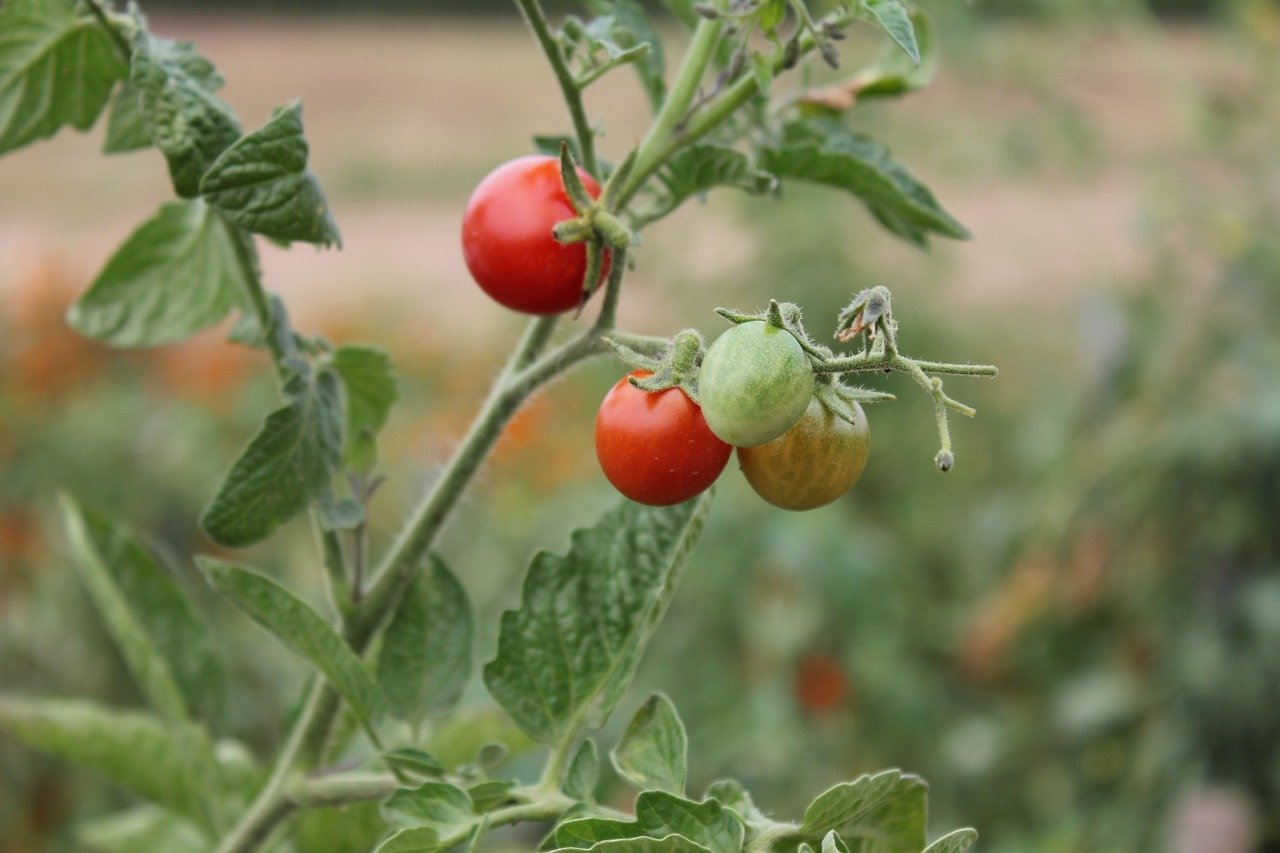How do you start an urban farm? This is a question that has many different answers depending on who you ask. Some say it’s as simple as finding a vacant piece of land and planting what you want, while others will tell you that there are a lot more steps involved.
Here are some tips that you can follow to start your own farm – even if you live in the middle of a concrete jungle.
What You'll Learn Today
What is the Difference Between Urban Farms and Community Gardens?

Before you start planning out your farm, it’s important that you have a clear idea of what exactly it is you are trying to do. To that end, decide whether it’s an urban farm or a community garden then you’d like to start.
Often, these differences are nuanced.
On an urban farm, you’ll generally have fewer people working. An urban farm is something that can be started by just one or two people while a community garden has more people working toward a shared goal or on smaller plots.
Generally speaking, urban farms tend to be more business-oriented, with goals of selling products and maximizing yields. Community gardens tend to be more about the experience and are often socially focused and perhaps educational in nature.
How to Start an Urban Farm or Community Garden?

Regardless of whether you’re interested in starting an urban farm or community garden, the steps involved in doing so will be more or less the same. It’s the final product that ultimately differs! Here’s how to do it.
1. Know the Advantages of Urban Farming
Urban farms are beneficial in countless ways, allowing growers to provide food in a way that reduces energy costs of production and transport while also building a sense of community.
Urban farming is not without its challenges, but it has lots of benefits. Familiarizing yourself with these will give you the grit you need to keep going in times of adversity – as well as providing you with some helpful selling points in your marketing strategy!
Some key benefits of urban farms and community gardens is that they are:
- Accessible
- Adaptable
- Low-risk
- Better at building community
- Good at increasing property values
- In-demand
- In closer proximity to city centers and other densely-populated areas, lowering transportation needs and expenses
- Environmentally-friendly
2. Educate Yourself
Before you start your urban farm, the single best thing you can do is to educate yourself.
Find a learning opportunity near you and read as much as you can – don’t be afraid of informal resources like YouTube videos, either! We are fortunate to live in the information age when so much knowledge is available to us at all times, right at our fingertips. Take advantage of this!
Have a good idea of what other urban farms (especially those in your area) are doing, particularly in regards to things like marketing, caring for plants and animals, soil health, planting, pest management, and more.
Rooftop gardens are popular – but can be tough to build. This video has some helpful tips!
3. Develop a Business Plan
Having a business plan is essential for any kind of business – but especially one that might have a broader, more extensive focus like an urban farm.
Not only will you need a business plan in case you ever need to borrow money for your urban farm but it will also be necessary to expand or grow your business in the future.
It doesn’t take much time to write a business plan. Nor does your business plan have to be set in stone. There are sure to be bumps in the road and edits that will need to be made to the plan later on, so don’t be afraid to make it a working document.
4. Find the Right Plot of Land
If you’re still looking for space on which to start your farm, be thorough in your search. You will want to consider local zoning laws and how they might apply to your kind of urban farm. It’s generally easier to get land and permits for vegetable farms than it is for livestock in the city but that doesn’t mean that those are totally off the table.
Leave no stone unturned. You might check with places like recreation departments, utility agencies, or parks to find out whether there’s space available. Even vacant lots might have some potential!
5. Test and Prepare the Soil
A big concern in urban farming is soil quality. Urban soil, for obvious reasons, tends to have higher levels of heavy metals (like lead) and other contaminants. Because of this, it’s essential that you test the soil before planting a thing – and remediate as needed.
Of course, even if the soil is as squeaky clean as it can be, you’ll still need to prepare it prior to planting. A soil test will let you know whether you need to add any fertilizers (and what kind) as well as whether any pH adjustment is needed.
6. Build Any Necessary Structures
While you might not need a ton (if any) of outbuildings if you’re just planning on growing crops on your urban farm, if you’re raising any kind of livestock, you’ll likely need to install a few structures.
Plan ahead for these in your budget and be sure to consult local building codes, as these can be trickier when you’re starting an urban farm.
7. Ensure Food Safety
Food safety is an essential element of managing a farm of any kind, but it’s often overlooked by produce growers as being something that only meat producers need to worry about.
That’s not the case! As recent safety recalls have shown us, you can get just as sick from a bad batch of romaine lettuce as you can from a pound of hamburger meat.
Read up on how to keep your food safe at all stages, from harvesting to storage to processing. Be sure that your farm’s policies and procedures are in line with state, local, and federal guidelines, too.
8. Market Your Farm
Last but not least – it’s showtime. Long before you have any products ready for sale, begin the work of marketing your farm. Get the word out there! Use print resources as well as digital ones (Facebook, anybody?) to let people know what you have to offer.
How Much Does it Cost to Start an Urban Farm?

That depends on what kind of urban farm you are starting, where you are working, and what sorts of resources you already have at your disposal.
Consult with local cooperative or agricultural extensions to find out the approximate costs of doing business in your area. They can give you estimates based on your available resources in case you need to secure a bank loan.
In general, you can expect to spend anywhere between $600 and $100,000 or more, depending on the extent of your operation.
That’s a large range, so it’s important to sit down and consider costs for everything involved in your enterprise before you begin (including tools, seeds, animals, licensing fees, and more).
Is Urban Farming Profitable?
You likely won’t make a killing with your urban farm – but it can be profitable if you know what you’re doing and have an established market. Some enterprises, such as hydroponic operations, are much more profitable than others.
Money shouldn’t be your sole motivation in getting started. There are plenty of other benefits of urban farming to consider.
Urban farming is different from traditional agriculture because you don’t need acres of farmland to grow crops.
Growing food in cities has been happening for centuries – is it time for you to tap into this longstanding trend, too? Consider these tips on how to start an urban farm and get started today.
My backyard is so small to build a farm. It would be more realistic to have a small garden with some of my favorite flowers or veggies.